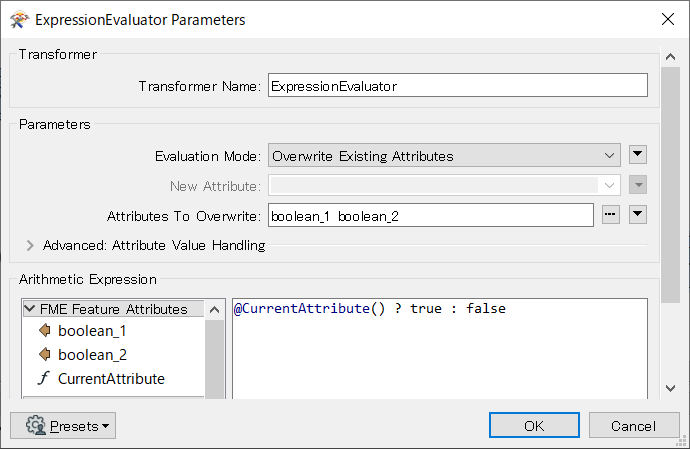I hope the title is already quite self explanatory.
As an example, consider the following JSON document;
{
"boolean_1": true,
"boolean_2": false
}When this is being read with a JSON reader, it returns the following output;

I would prefer the data to be non altered, so that comparisons can be made later on.
See also the following attached sourceFile and workspace;
To me it reminds me of the following item I addressed earlier on;
https://knowledge.safe.com/questions/90726/extracting-nested-object-with-jsonextractor-issue.html
in which a JSON Extractor used to convert JSON boolean values (i.e. true/false) to 1/0 boolean values, where I'm glad to see that that got fixed.
To me it only raises some concerns that the handling of these values doesn't seem to occur in a very consistent manner; whereas a JSON fragmenter does seem to keep JSON boolean values intact, initially a JSON Extractor converted these values to 1/0, and now I find that a JSON reader converts these values to Yes/No. :(







